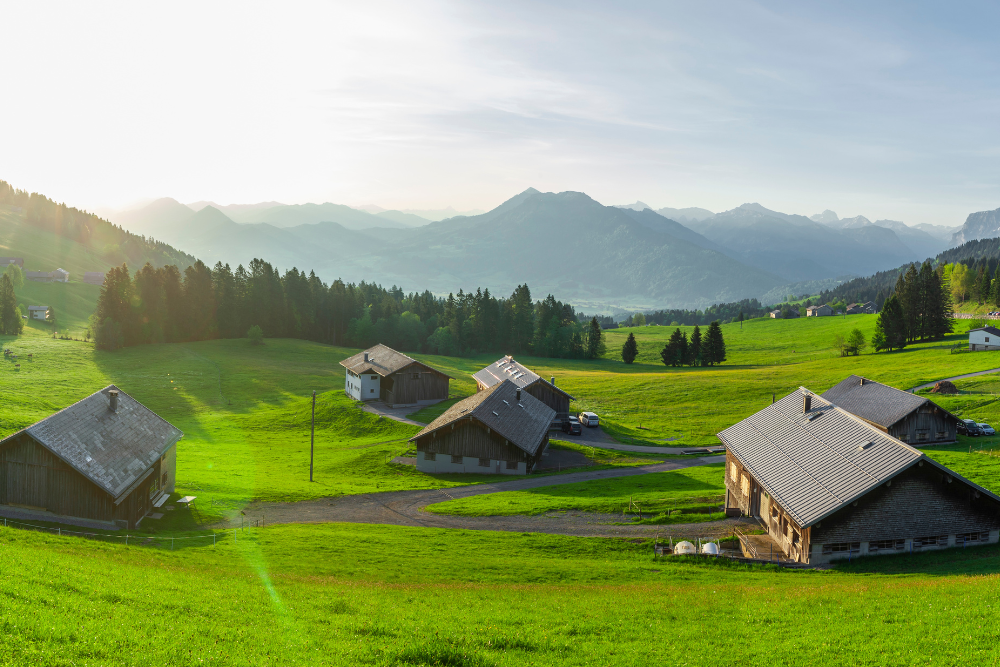Switzerland’s majestic mountains and pristine alpine landscapes make it a top destination for adventurers and outdoor enthusiasts. For those seeking an authentic Swiss experience, staying in a Swiss mountain hut is an ideal way to immerse yourself in nature and embrace the Swiss mountain culture. These rustic accommodations offer a unique opportunity to connect with nature, enjoy the serenity of the Alps, and embark on unforgettable hikes or ski adventures. Here’s a guide to help you plan your stay in Swiss mountain huts, from the best locations to tips for a comfortable experience.
1. What is a Swiss Mountain Hut?
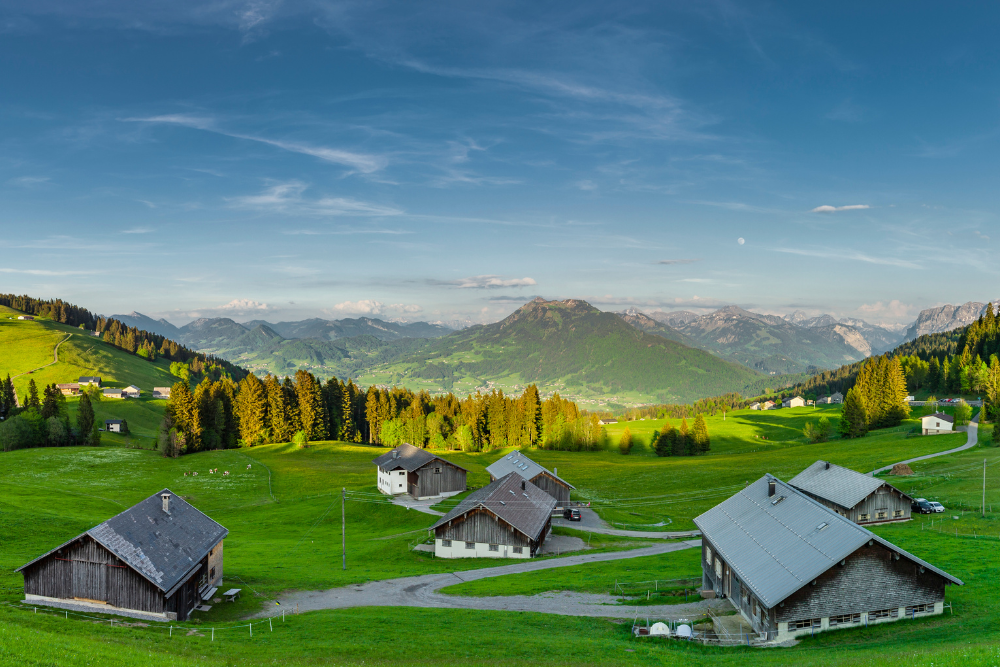
Swiss mountain huts are traditional, often remote buildings found in the Swiss Alps, designed to provide shelter, warmth, and sustenance for hikers, skiers, and mountaineers. These huts vary in size and comfort, from simple shelters to more luxurious lodges with modern amenities, but they all share the common goal of offering a refuge in the stunning Swiss mountains.
Many of the huts are run by the Swiss Alpine Club (SAC) or independent operators, and they are generally located along popular hiking, skiing, and mountaineering routes. Some are accessible by foot or ski, while others are reachable via cable car or mountain railway.
2. Popular Mountain Huts to Visit
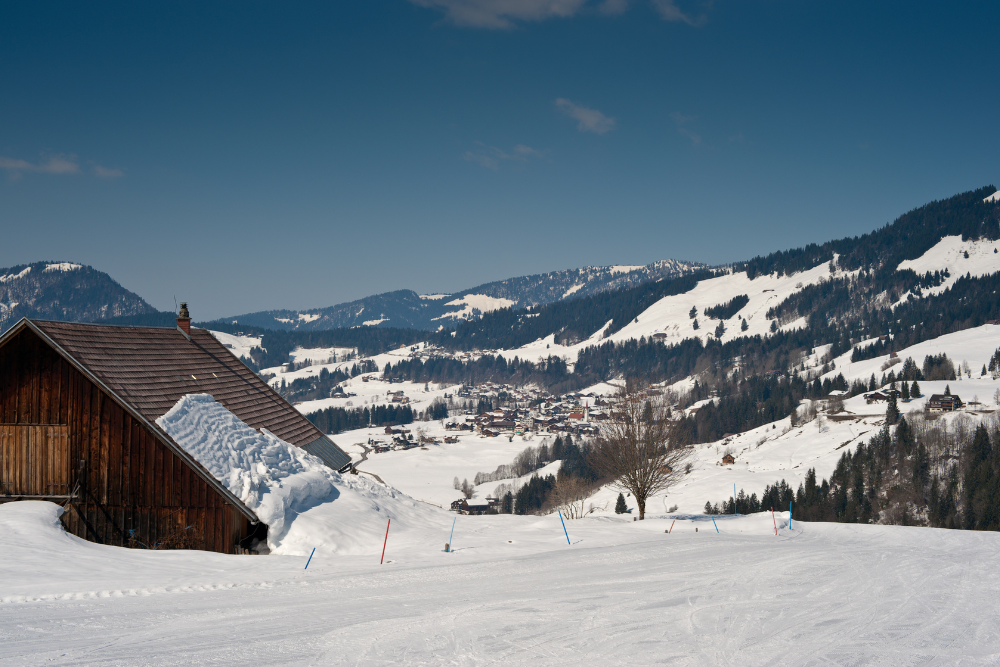
Switzerland offers a wealth of beautiful and historic mountain huts that allow you to experience the Alps up close. Here are some of the best huts to consider for your next Swiss adventure:
- Rifugio Capanna Corno Gries (Canton Uri): Located at 2,297 meters above sea level, this hut offers panoramic views of the surrounding Gries Glacier and Piz Corno. Accessible via a scenic hike, it’s perfect for those looking for a remote and peaceful retreat.
- Schweizerische Alpine Club Hut (SAC) at the Matterhorn: Positioned near the iconic Matterhorn mountain, this SAC hut is ideal for mountaineers aiming to summit the peak. The hut provides spectacular views of the Matterhorn Glacier and is a fantastic base for mountain climbing expeditions.
- Jungfraujoch Hut (Grindelwald): Situated at 3,450 meters, this hut offers breathtaking views of the Jungfrau, Monch, and Eiger mountains. The Jungfraujoch Hut is a perfect destination for alpine enthusiasts and climbers, and it’s located near one of the highest railway stations in Europe.
- Bort Hut (Grindelwald): Located above the village of Grindelwald, this cozy hut is easily accessible and offers fantastic views of the Eiger and surrounding peaks. It’s an excellent base for a variety of hikes, including routes to First, Faulhorn, and Schwarzhorn.
- Cabane du Mont-Fort (Verbier): A stunning hut perched at 2,517 meters, this mountain lodge offers spectacular views of the Mont Blanc Massif and the surrounding Valais Alps. It’s an ideal spot for both skiers in the winter and hikers in the summer.
3. How to Choose the Right Mountain Hut
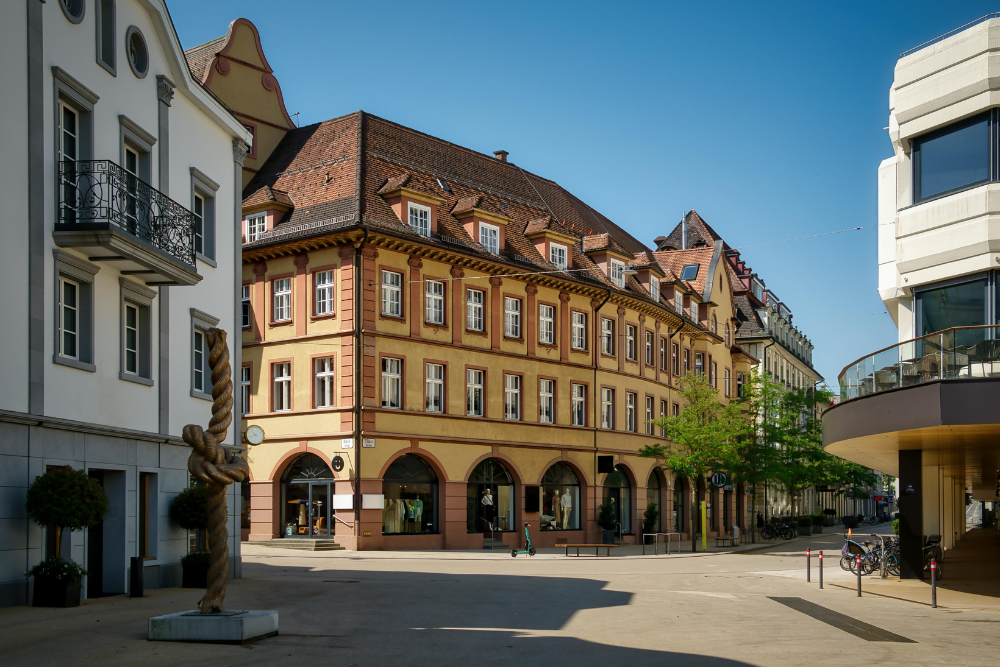
Choosing the right Swiss mountain hut depends on the type of adventure you want, your fitness level, and the season of your visit. Here are some key factors to consider when selecting a mountain hut:
- Accessibility: Some huts are easily accessible by cable car or mountain train, while others require a more challenging hike or climb to reach. If you are a beginner or prefer a more relaxed experience, look for huts that are accessible by public transport or short walks.
- Seasonality: Many mountain huts are open year-round, but some are only accessible in the summer or winter months. Before booking, check the hut’s operating season. Winter huts often cater to ski and snowshoe enthusiasts, while summer huts are ideal for hikers.
- Comfort Level: Mountain huts range from simple, rustic shelters to more luxurious accommodations with private rooms, running water, and even saunas. If you’re seeking a basic mountain experience, choose a more remote, simple hut. If you want a bit more comfort, opt for a higher-end lodge.
- Facilities and Meals: Most mountain huts offer basic amenities, such as shared dormitories, communal kitchens, and simple dining areas. Many huts serve hearty, home-cooked meals, often featuring local Swiss specialties like cheese fondue, rösti, and sauerkraut. Be sure to check if you need to bring your own food or if meals are provided.
4. Preparing for Your Mountain Hut Experience
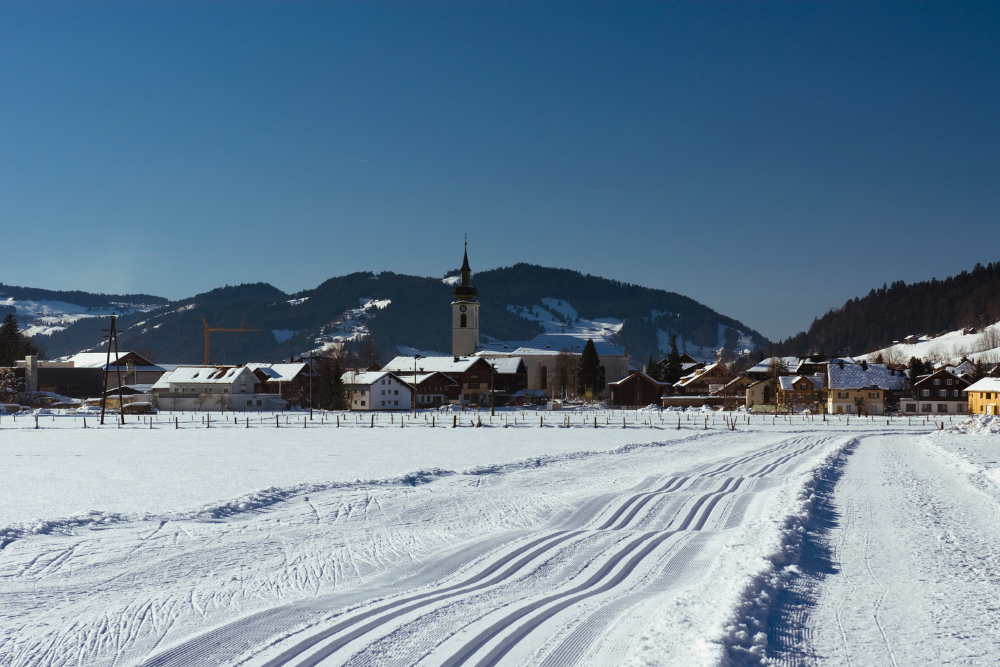
While staying in a Swiss mountain hut is an incredible experience, it’s important to prepare for the adventure. Here’s what to keep in mind when preparing for your mountain hut stay:
- Booking in Advance: It’s advisable to book your stay in advance, especially during peak hiking and skiing seasons. Mountain huts can be quite popular, and reservations help ensure you have a spot. If you’re staying in a hut operated by the Swiss Alpine Club (SAC), you’ll likely need to become a member to secure a booking.
- Packing Essentials: Bring weather-appropriate gear, including layers for warmth, sturdy hiking boots, a waterproof jacket, and a sleeping bag (if necessary). If you’re staying in a hut that doesn’t provide bedding, make sure to bring a sleeping bag liner and pillowcase.
- Cash and Credit Cards: Some huts only accept cash, so it’s wise to carry Swiss Francs (CHF). Credit card payments are not always available, particularly in remote huts.
- Respect the Environment: Swiss mountain huts are part of an incredible natural ecosystem. Be mindful of your environmental impact by practicing Leave No Trace principles, such as avoiding littering and respecting wildlife.
- Hydration and Snacks: Water can sometimes be scarce in high-altitude huts, so carry extra water or a water purifier. Also, bring snacks like energy bars or dried fruit to keep your energy levels up during your hike or climb.
5. Mountain Huts for Skiers and Winter Adventures

In the winter months, Swiss mountain huts take on a new life, serving as cozy refuges for skiers, snowboarders, and snowshoers. These huts often offer direct access to ski slopes and backcountry routes.
- Mountain Hut Skiing: For the ultimate Alpine experience, try a ski touring adventure where you can access remote huts by skiing. Many huts in the Valais region and around Zermatt cater specifically to ski mountaineers, offering a refuge after a long day of skiing in the backcountry.
- Snowshoeing: For those who prefer a quieter experience, snowshoeing is a wonderful way to explore the Swiss mountains in winter. Several huts, such as the Schwarzsee Hut, are located along popular snowshoeing trails and provide a perfect base for a winter adventure.
- Winterized Huts: Some huts are designed specifically for winter use, with heated rooms, ski storage, and après-ski facilities. These are great for those looking for a comfortable, yet authentic, Alpine experience during the colder months.
Conclusion
Staying in a Swiss mountain hut is one of the best ways to experience the beauty and tranquility of the Swiss Alps. Whether you’re seeking a remote, rustic retreat or a luxurious mountain lodge, there’s a hut for every adventurer. With the right preparation and mindset, your time in the Swiss mountains will be filled with unforgettable experiences, stunning vistas, and a deep connection to nature. So lace up your boots, pack your bag, and prepare to embrace the magic of Swiss mountain huts.



